Latest attempt to stop oil leak fails
The latest attempt to stop the Gulf of Mexico oil leak has failed, the oil giant BP has said.
Sunday, 30.05.2010.
10:50

The latest attempt to stop the Gulf of Mexico oil leak has failed, the oil giant BP has said. BP chief operating officer Doug Suttles said the firm was now shifting to a new strategy to stop the spill. Latest attempt to stop oil leak fails In the failed procedure - known as "top kill" - the firm had been blasting waste material and heavy mud into a ruptured well. U.S. President Barack Obama said the continued flow of oil was "as enraging as it is heartbreaking". The worst oil spill in U.S. history began when a drilling rig exploded and sank last month, killing 11 people. The thick crude has already permeated more than 110km of Louisiana's coastline, threatening fragile wetlands and putting the vital fishing industry at risk. Suttles said BP had determined that the "top kill" method - which had been going on since Wednesday - had failed after studying the results for three days. "We have not been able to stop the flow," he told reporters on Saturday. "This scares everybody, the fact that we can't make this well stop flowing, the fact that we haven't succeeded so far," he said. The company says it pumped 30,000 barrels of mud into the well, in three attempts, at rates of up to 80 barrels a minute, but it had not worked. It is the latest procedure to have failed since attempts to plug the leak began, with BP having spent more than USD 940mn so far. An initial plan to place a 125-tonne dome over the leak failed when it became blocked with ice crystals. A mile-long tube designed to capture some of the gushing oil was also unsuccessful. The next option after the failure of "top kill" is called the lower-marine-riser-package (LMRP) cap containment system. It involves an underwater robot using a saw to hack off the leaking pipe and place a cap over it. The LMRP cap is already on site and the operation is expected to last four days. BP says it cannot guarantee that the new method - which has not been carried out at depths of 5,000 feet before - will be successful. At least 12,000 barrels are leaking into the Gulf every day. The BBC's Andy Gallacher says the failure is another blow for the region. He says that people in Louisiana are growing increasingly impatient and angry. Some fishermen have nailed up signs, with one reading "BP, you ruined our futures and our heritage", our correspondent adds. "Everybody's starting to realize this summer's lost. And our whole lifestyle might be lost," Michael Ballay, the manager of Cypress Cove Marina, told Associated Press. On Friday, Obama toured oil-hit areas, saying the U.S. would "do whatever it takes" to help those affected. He said he would triple the manpower to contain and clean up the spill. A total of 20,000 people have already been deployed. Obama said he would take responsibility for "solving this crisis", though he said BP would be held financially accountable for the "enormous damage".
Latest attempt to stop oil leak fails
In the failed procedure - known as "top kill" - the firm had been blasting waste material and heavy mud into a ruptured well.U.S. President Barack Obama said the continued flow of oil was "as enraging as it is heartbreaking".
The worst oil spill in U.S. history began when a drilling rig exploded and sank last month, killing 11 people.
The thick crude has already permeated more than 110km of Louisiana's coastline, threatening fragile wetlands and putting the vital fishing industry at risk.
Suttles said BP had determined that the "top kill" method - which had been going on since Wednesday - had failed after studying the results for three days.
"We have not been able to stop the flow," he told reporters on Saturday.
"This scares everybody, the fact that we can't make this well stop flowing, the fact that we haven't succeeded so far," he said.
The company says it pumped 30,000 barrels of mud into the well, in three attempts, at rates of up to 80 barrels a minute, but it had not worked.
It is the latest procedure to have failed since attempts to plug the leak began, with BP having spent more than USD 940mn so far.
An initial plan to place a 125-tonne dome over the leak failed when it became blocked with ice crystals.
A mile-long tube designed to capture some of the gushing oil was also unsuccessful.
The next option after the failure of "top kill" is called the lower-marine-riser-package (LMRP) cap containment system. It involves an underwater robot using a saw to hack off the leaking pipe and place a cap over it.
The LMRP cap is already on site and the operation is expected to last four days.
BP says it cannot guarantee that the new method - which has not been carried out at depths of 5,000 feet before - will be successful.
At least 12,000 barrels are leaking into the Gulf every day.
The BBC's Andy Gallacher says the failure is another blow for the region.
He says that people in Louisiana are growing increasingly impatient and angry.
Some fishermen have nailed up signs, with one reading "BP, you ruined our futures and our heritage", our correspondent adds.
"Everybody's starting to realize this summer's lost. And our whole lifestyle might be lost," Michael Ballay, the manager of Cypress Cove Marina, told Associated Press.
On Friday, Obama toured oil-hit areas, saying the U.S. would "do whatever it takes" to help those affected.
He said he would triple the manpower to contain and clean up the spill. A total of 20,000 people have already been deployed.
Obama said he would take responsibility for "solving this crisis", though he said BP would be held financially accountable for the "enormous damage".


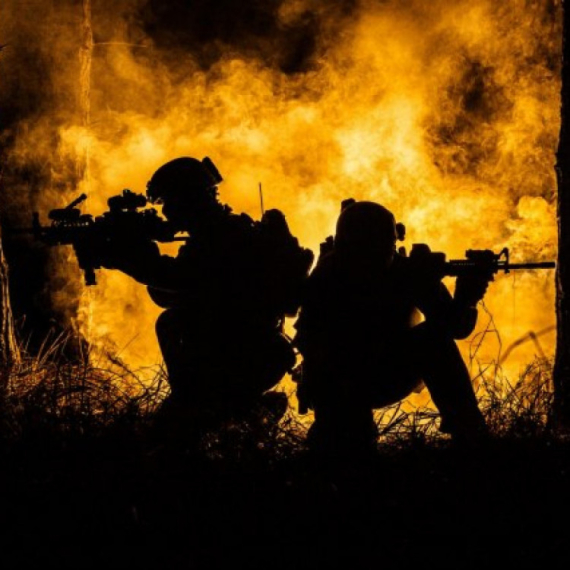
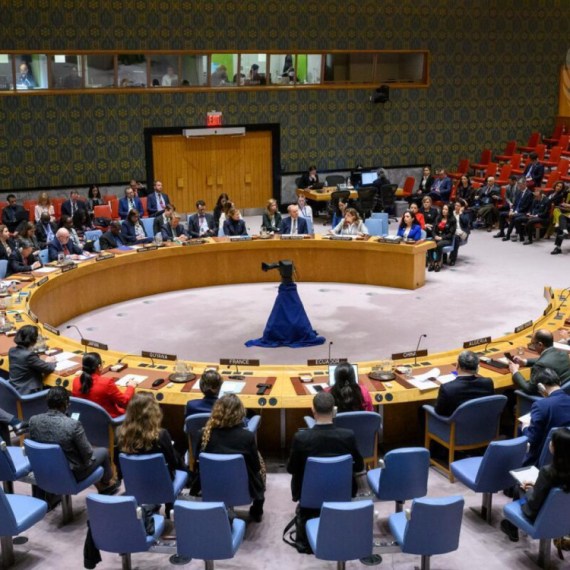

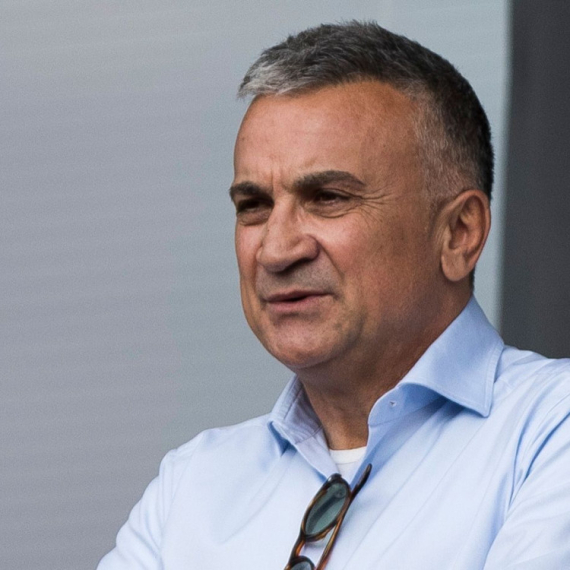
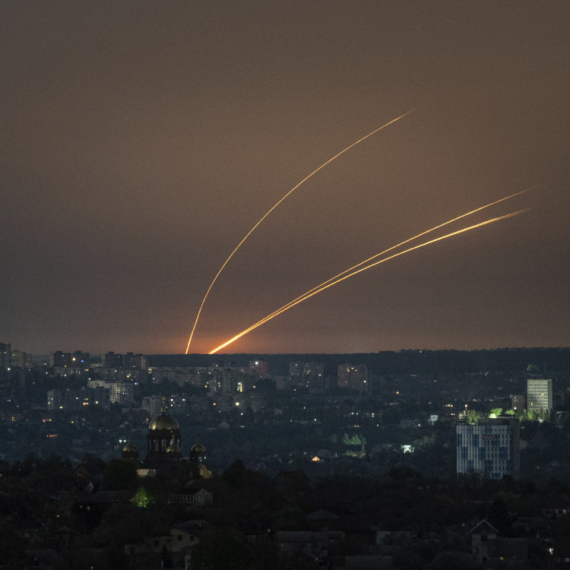



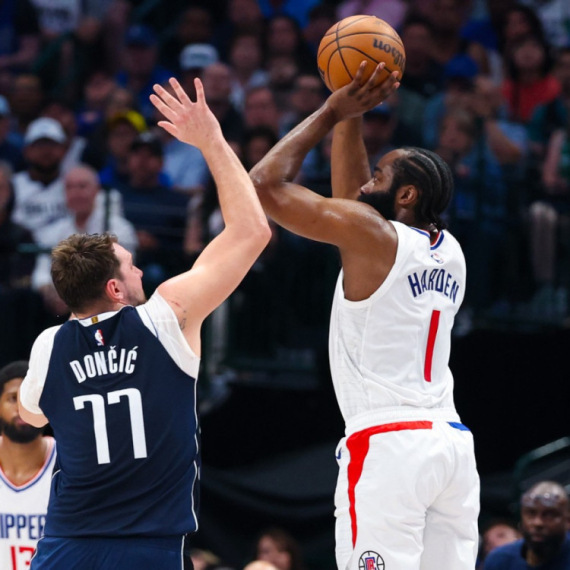

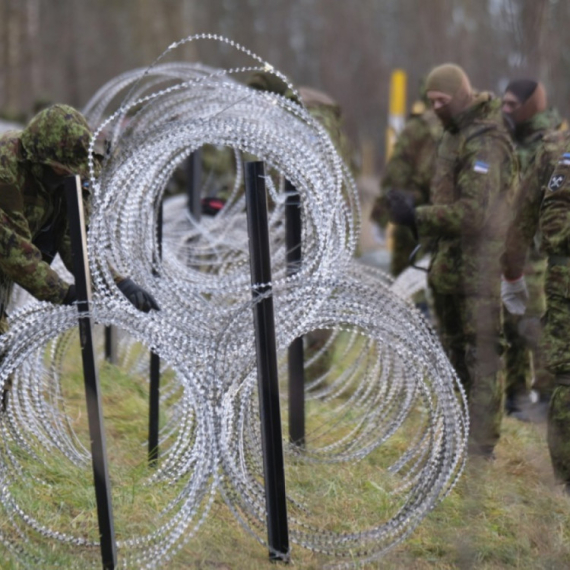
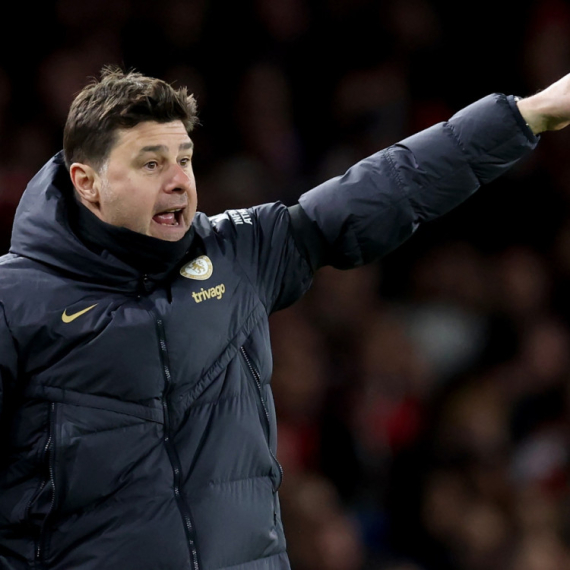
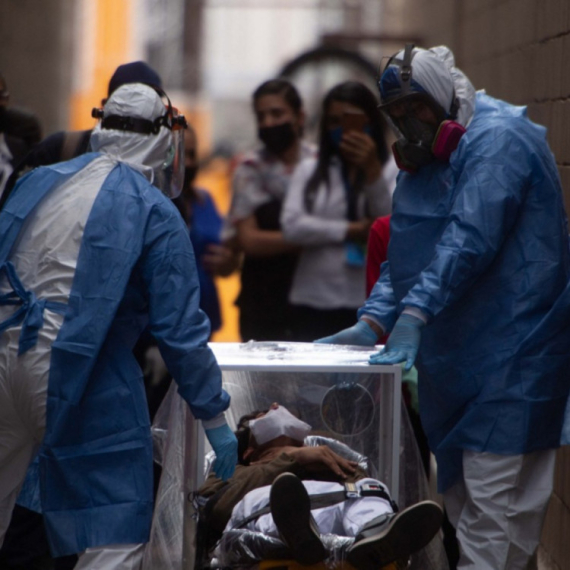
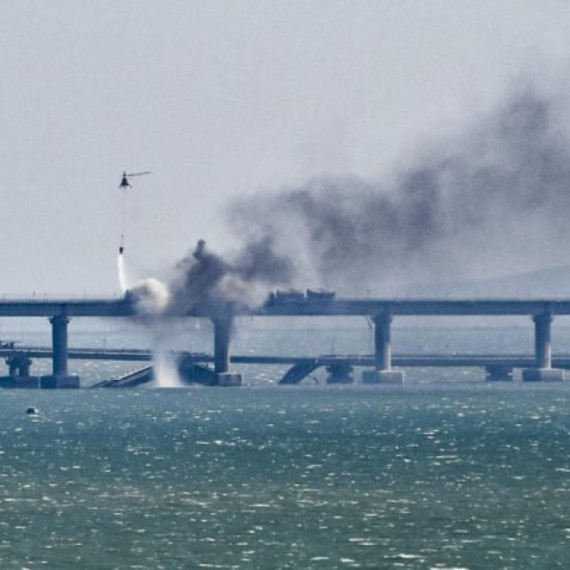





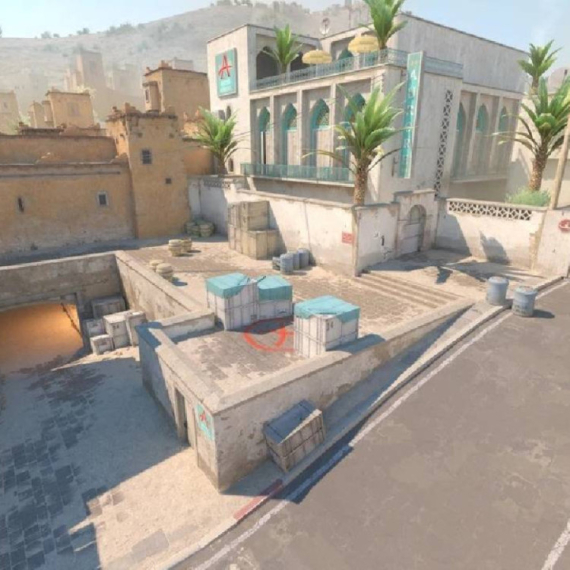




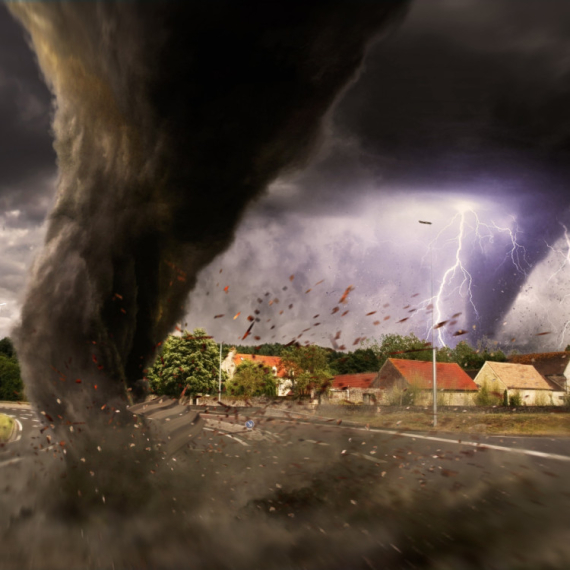
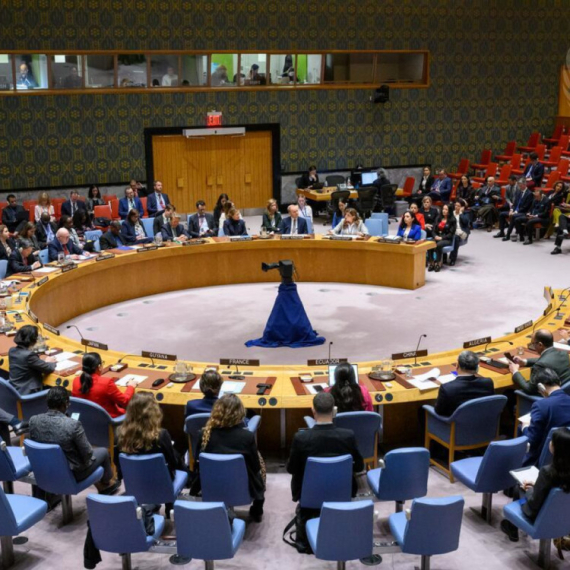
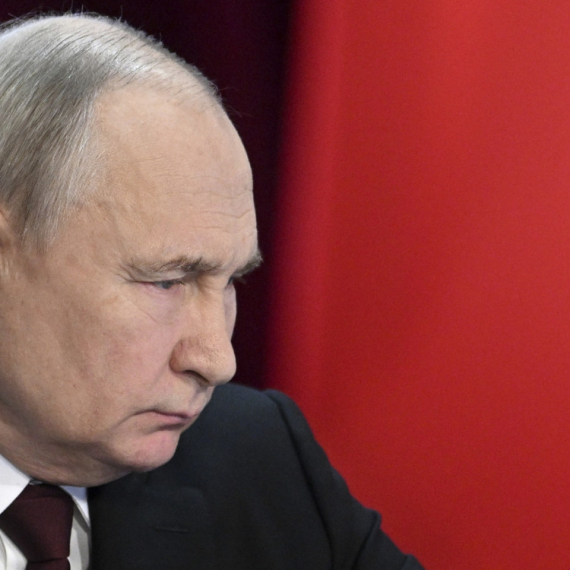

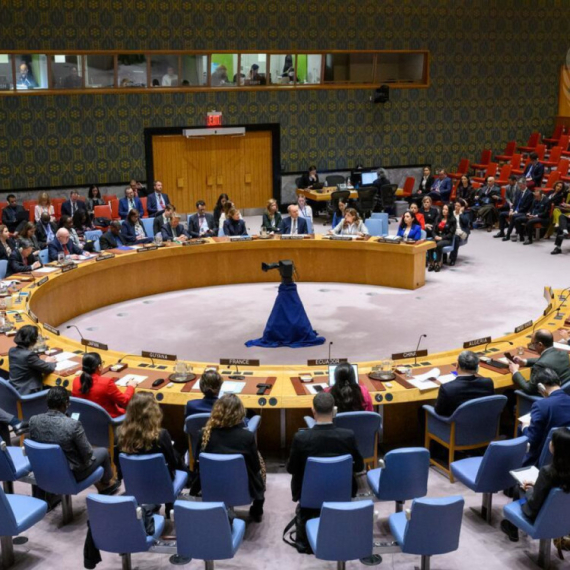
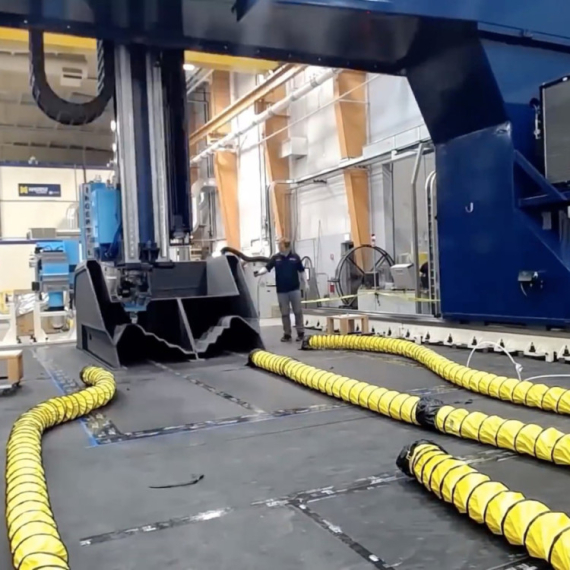
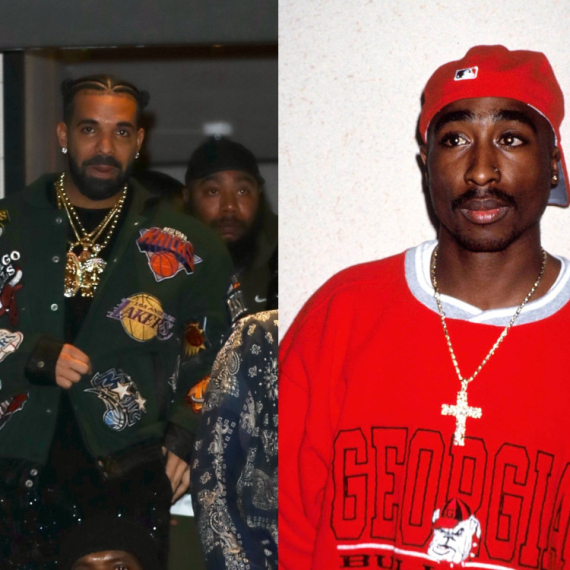








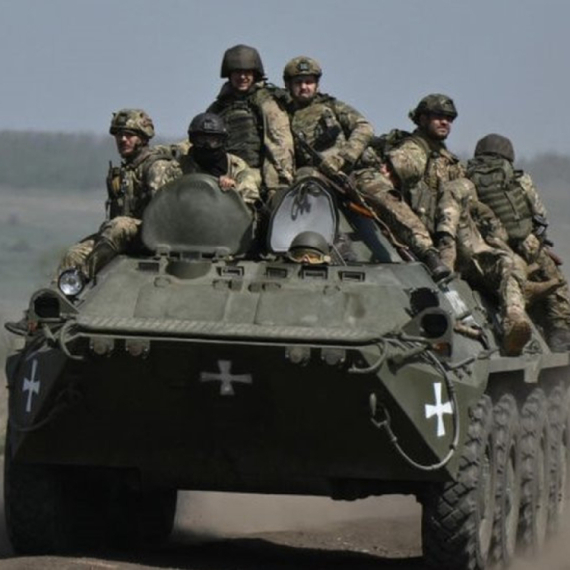
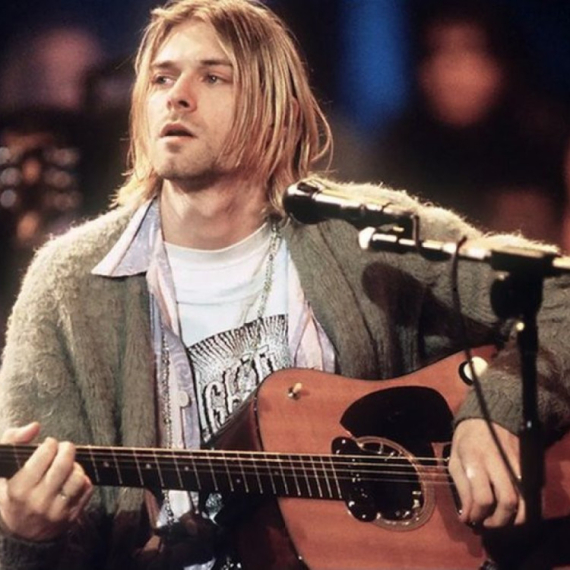
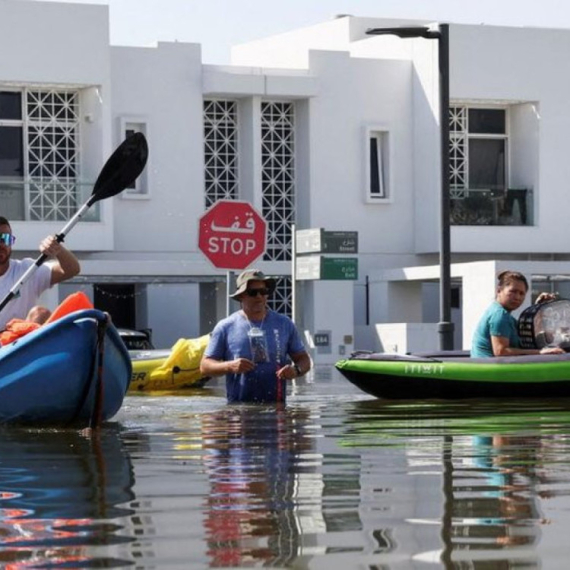



Komentari 1
Pogledaj komentare